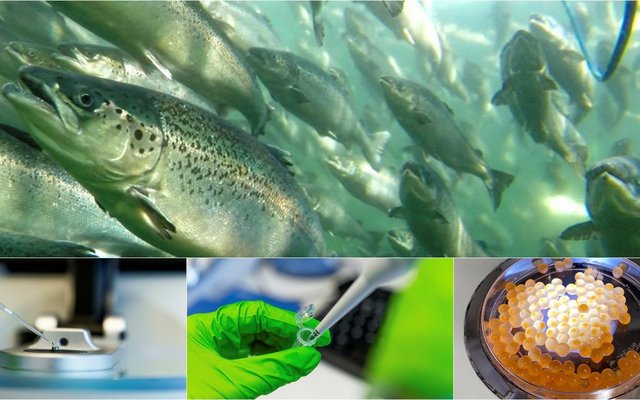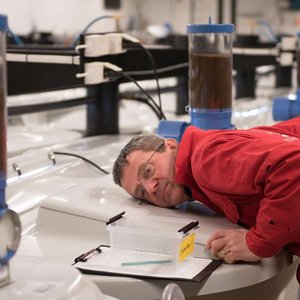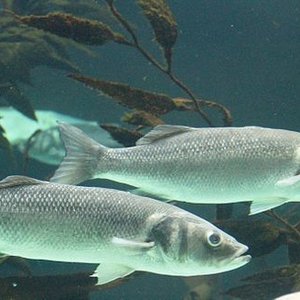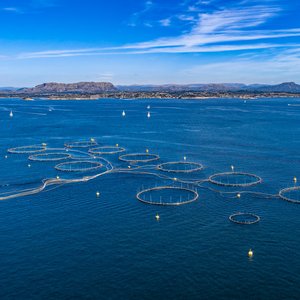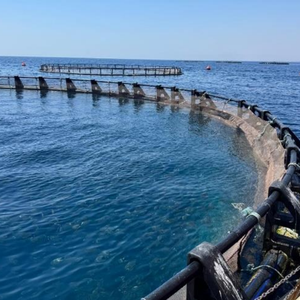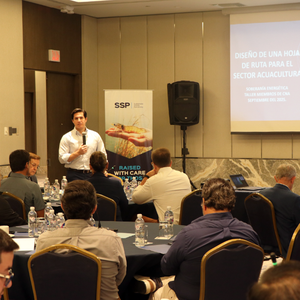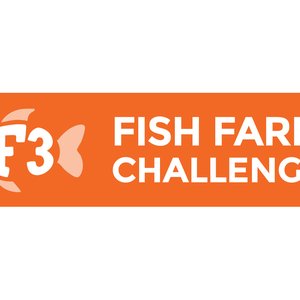These are the findings from a new epigenetic study at the Institute of Marine Research (HI). Epigenetics focuses on understanding how behavior and environment influence gene function.
In the study, researchers examined whether different spawning times result in "imprints" or "tags" on the genetic material of the next generation of farmed salmon.
These tags don't change the genetic material or the instructions within the genes themselves. Instead, they affect how the genes are read and used. The tags either upregulate or downregulate the use of the genes they imprint. This is called gene regulation.
"The knowledge gained from this and future studies in this field can be highly beneficial for the aquaculture industry. It can enable us to influence the environment of the broodstock—sexually mature fish used for breeding—so that the next generation has better health and becomes more resilient, even when the spawning time is shifted," said marine researcher Kaja H. Skjærven.
Spawning year-round
In nature, salmon spawn in late autumn. However, to ensure a year-round supply of fish, fish farmers manipulate the spawning time. They do this by adjusting factors such as light, temperature, and the timing of transferring broodstock from seawater to freshwater.
But how is the next generation affected when fundamental environmental factors in the broodstock's life are altered? Previous research at HI has shown that salmon eggs have lower levels of essential nutrients when farmed salmon spawn in the summer instead of the autumn.
Studying four different spawning times
Skjærven and her colleagues have also examined how gene regulation in the offspring—i.e., the use of genes—is affected by changes in spawning time.
The effects of four different spawning times in farmed salmon were studied: normal (November), significantly shifted (June), and two months before and after the usual season. Researchers extracted genetic material from the livers of the next generation of salmon during their larval stage.
"We could have looked at DNA from the eggs, but then we would have either had too little genetic material or different tissue types in the samples. That would have made the comparison less reliable. Besides, the liver is known to be crucial for metabolic processes that affect growth and future growth potential,” said Skjærven.
Significant differences in gene expression
From larvae of the different spawning seasons, researchers extracted various tags—epigenetic imprints—from thousands of genes. Then, they used the powerful tools of bioinformatics to extract meaningful relationships from large amounts of biological data.
"Comparisons between the manipulated spawning seasons and the normal season showed that some genes had more tags, and others had fewer," said Skjærven.
Furthermore, pairwise comparisons also revealed significant differences in gene expression. Genes from the altered spawning seasons were more often downregulated than upregulated. This suggests that the offspring used the instructions in their genes to produce essential building blocks for cells to a lesser extent.
The genes that were differently expressed can be roughly categorized into three groups: they are important for cell division, immune responses, and metabolism, which relates to how efficiently the salmon larvae utilized the energy in the egg to grow. "Thus, we can also assume that the regulation of these genes is crucial for the salmon's future growth and health," said Skjærven.
Domino effect and new opportunities
The study suggests that shifted spawning times can have a domino effect that leads to poorer growth in the next generation. At the same time, epigenetic research creates new opportunities for the aquaculture industry.
"Insights from epigenetic research can be used to alter specific traits in the desired direction in new generations of salmon. The tags on the offspring's genetic material might be fine-tuned by adjusting environmental factors such as nutrition, temperature, light, and, of course, the spawning season for the broodstock," said Skjærven.
In an ongoing project (EpiBrood) funded by the Fisheries and Aquaculture Industry Research Funding (FHF), HI is conducting epigenetic studies on various tissue types in salmon, as well as on light and lice treatment of broodstock.
The primary goal is to determine whether altered gene regulation in offspring is due to epigenetic tags inherited from the broodstock or if it's caused by different nutrient content in the yolk sac of salmon eggs.
Reference:
Saito, T., Espe, M., Mommens, M., Bock, C., Fernandes, M. O., & Skjærven, K. H. (2025). Altered spawning seasons of Atlantic salmon broodstock transcriptionally and epigenetically influence cell cycle and lipid-mediated regulations in their offspring. PLOS ONE, 20(2), e0317770. https://doi.org/10.1371/journal.pone.0317770


